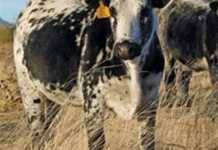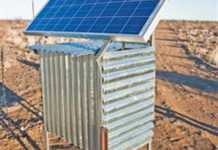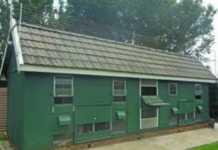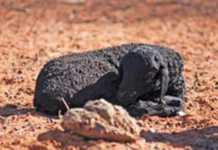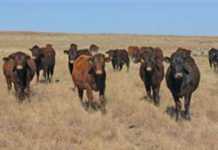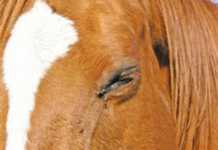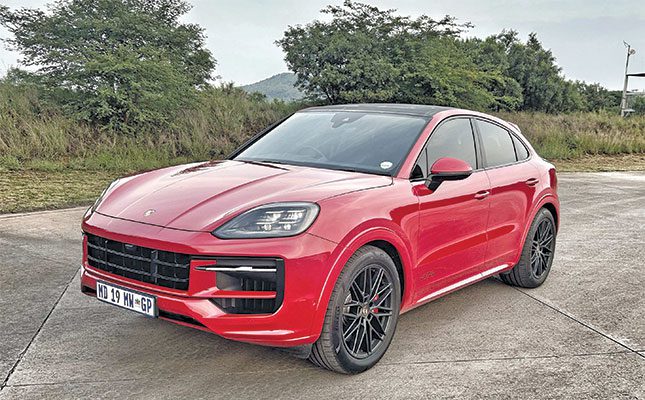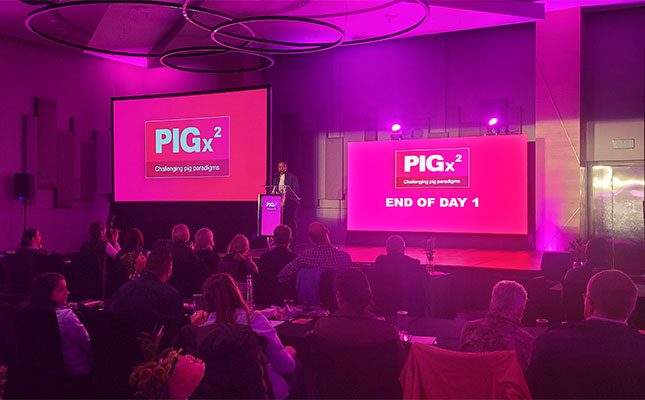Raub’s racers
KwaZulu-Natal fancier Mark Raubenheimer talks to Thomas Smit about his imported pigeon racing lines.
At the show
A horse can become very stressed and difficult to ride at shows, especially if it is on a high energy diet and not getting enough exercise, cautions Dr Mac.
Ngunis on the mountain
East Cape Nguni Club chairperson Wimpie Mostert calves over 200 registered Nguni stud females in an environment that has truly tested
the value of the breed’s adaptability and hardiness. Mike Burgess reports.
Farming off the grid
The convenience of Eskom-supplied electricity is almost unknown to Bushmanland’s commercial livestock farmers. But thanks to the sun, wind and careful management, these farmers have all the power they need. Jaco Visser visited the area.
The juggling act
Ruminants are adapted to convert fibre into the energy needed to produce milk and meat, but total input needs to be balanced for optimum production.
Breeding tips
When it comes to breeding it’s important to familiarise yourself with
your mare’s cycle, writes Kim Dyson.
The rise of Swakara farming
The South African Karakul industry was all but decimated in the 1980s and 1990s. Jaco Visser visited Karakul stud breeder Johan Moller in the Kalahari to find out about the industry’s resurgence and the high demand for Swakara pelts.
Getting ready for a show
When competing in a show, you’ll need more than just a horse in good condition, cautions Dr Mac.
How to manipulate form
A fancier can make minute alterations to their training schedule to help their pigeons achieve peak form, writes Thomas Smit.
A Sussex stud herd in Vrede
James Stephen talks to Chris Nel about establishing a new stud herd and rehabilitating a previously neglected farm at the same time.
Non protein nitrogen in feed
Urea can be mixed with silage and roughage to increase milk production.
Lumps & bumps
The skin is your horse’s largest organ, so its important to keep its coat as clean as possible, says Kim Dyson.
ADVERTISEMENT
MUST READS
ADVERTISEMENT
ADVERTISEMENT


